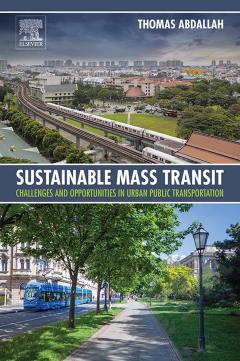Transit System Resilience: Development Efforts and Challenges
Public transit systems, which receive funding from the federal government, are vulnerable to catastrophic events, as demonstrated by the impact Hurricane Sandy and other events have had on transit systems. These events highlight our reliance on transit systems for access to jobs, medical care, and other services, as well as the cost of recovering from these events. Building resilience—the ability to prepare for, respond to, recover from, and mitigate the risk of catastrophic events—is one strategy to help limit the nation’s fiscal exposure to catastrophic events. This book examines how DHS and DOT help transit agencies make their systems resilient; actions selected transit agencies take to make their systems resilient; and challenges transit agencies face with making their systems resilient. It also addresses the progress the Department of Transportation has made allocating, obligating, and disbursing the Disaster Relief Appropriations Act surface transportation funds; how the Federal Transit Administration's (FTA) new Public Transportation Emergency Relief program compares to the Federal Emergency Management Agency's (FEMA) and Federal Highway Administration's (FHWA) emergency relief programs; and the extent to which FTA and FEMA have implemented their memorandum of agreement to coordinate their roles and responsibilities when providing assistance to transit agencies.
{{comment.content}}








 京公网安备 11010802027623号
京公网安备 11010802027623号